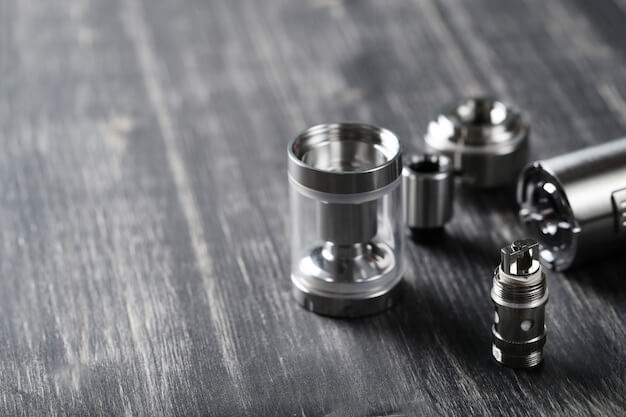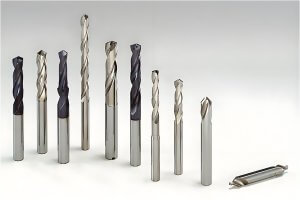Introduction to CNC Machining, Brass Usage and Environmental Compliance
In the world of manufacturing technology, Computer Numerical Control (CNC) machining plays an integral role with its efficiency in mass production of items. The process involves the use of computers to control machine tools, shaping raw materials such as metal, plastic, foam or wood into customised pieces that feed various industries. One commonly used material is brass, due to its excellent machinability and durability.
In tandem with the rising environmental awareness globally, sustainable practices in manufacturing are becoming paramount. This includes efforts in reducing health risks associated with leaded-brass usage. Thus, adoption of lead-free brass becomes a significant step towards achieving environmental compliance within the sector while maintaining productivity and quality products output.
The essential components in practicing responsible manufacturing include:
- Maintaining high standards of production sans hazardous material usage
- Adherence to global manufacturing protocols for ecological safety
- Prompt transition to environmentally-friendly materials
Understanding Lead-Free Brass
Lead-free brass, as the name implies, is a type of brass that does not contain lead. It’s a special alloy composed primarily of copper and zinc, but often with additional elements such as bismuth or silicon to enhance its machinability and performance. The key motivation for transitioning to lead-free alternatives in-industry lies in health concerns linked to lead exposure.
- Definition and Composition: Lead-free brass is primarily made up of copper (about 60%-80%), zinc (around 20%-40%), and small amounts of other elements like tin, nickel, manganese, or aluminum. In place of lead, metals like bismuth, selenium, tellurium, or silicon are added to improve the machine-ability of the alloy.
- Reasons for Transition: Increased awareness about the harmful effects of lead on human health and the environment have acted as significant catalysts in this transition. Lead exposure can cause an array of health problems ranging from neurological damage to fertility issues. Moreover, lead is also damaging to aquatic and terrestrial life, leading to widespread ecosystem disruption. Therefore, industries worldwide are now shifting towards safer, lead-free alternatives to minimize these risks.
How Lead-Free Brass Affects CNC Machine Performance
Lead-free brass, with its improved machinability and reduced environmental impact, can positively influence CNC machine performance. The absence of lead allows for smoother machining operations, resulting in enhanced precision and surface finish. To explore the benefits of lead-free brass in CNC machining, consider partnering with a online CNC service provider for expert guidance and support.
Advantages of Using Lead-Free Brass in CNC Machining
One notable advantage of using lead-free brass in CNC machining resides in the area of longevity and maintenance. The machinery benefits from an extended lifetime due to less corrosive characteristics of lead-free brass, which reduces wear and tear over time. This simultaneously results in lower overall maintenance costs because it minimizes the frequency of machine repairs or replacements necessitated by deterioration.
- Improved Safety: Another significant benefit is an enhanced safety environment for operators who interact with these machines regularly. With traditionally used brass alloys, there was a constant risk attached to potential lead exposure; this has been mitigated massively with lead-free brass varieties. Not only does this directly promote operator health – reducing associated risks like lead poisoning – but also indirectly fosters a more productive work setting since less downtime would be needed to address related occupational hazards.
Environmental Compliance Aspects of Lead-Free Brass in Manufacturing
The implementation of regulations that necessitate the use of lead-free brass in manufacturing processes has had a significant impact on both CNC machining and environmental compliance. Governments worldwide, such as the European Union with its RoHS directive, have implemented laws to reduce lead-based pollutants in our environment due to their toxicity. These laws stipulate that manufacturers must replace traditional brass, which contains harmful levels of lead, with safer alternatives like silicon-brass or bismuth-brass.
- The role of these new alloys is twofold: First, they comply with legal requirements, thus protecting manufacturers from potential sanctions and penalties.
- Secondly, they significantly contribute to minimizing industrial pollution caused by toxic metals – an essential step towards sustainable manufacturing practices.
In practice, adapting CNC machines to effectively work with these alternative materials poses some technical challenges; however, the increasingly efficient production methods are demonstrating that it’s a viable and necessary transformation in the industry.
Other Articles You Might Enjoy
- Is Copper the Right Choice for Electrical Component CNC Machining? A Detailed Analysis
CNC Machining of Electrical Components Utilizing Copper In the field of electrical engineering, Computer Numerical Control (CNC) machining plays an integral role, particularly in the development and manufacturing of electrical…
- Understanding Bead Blasting in CNC Machining(china machining Avery)
Bead blasting, a compelling term in the world of Computer Numerically Controlled (CNC) machining, is an influential process that plays a transformative role in optimizing and enhancing parts' aesthetic and…
- Understanding Bead Blasting in CNC Machining(cnc g code Jacqueline)
CNC (Computer Numerical Control) machining is a dominant method employed for multiple manufacturing systems across the globe. From healthcare to aerospace, this technology has revolutionized how we manufacture products. One…






